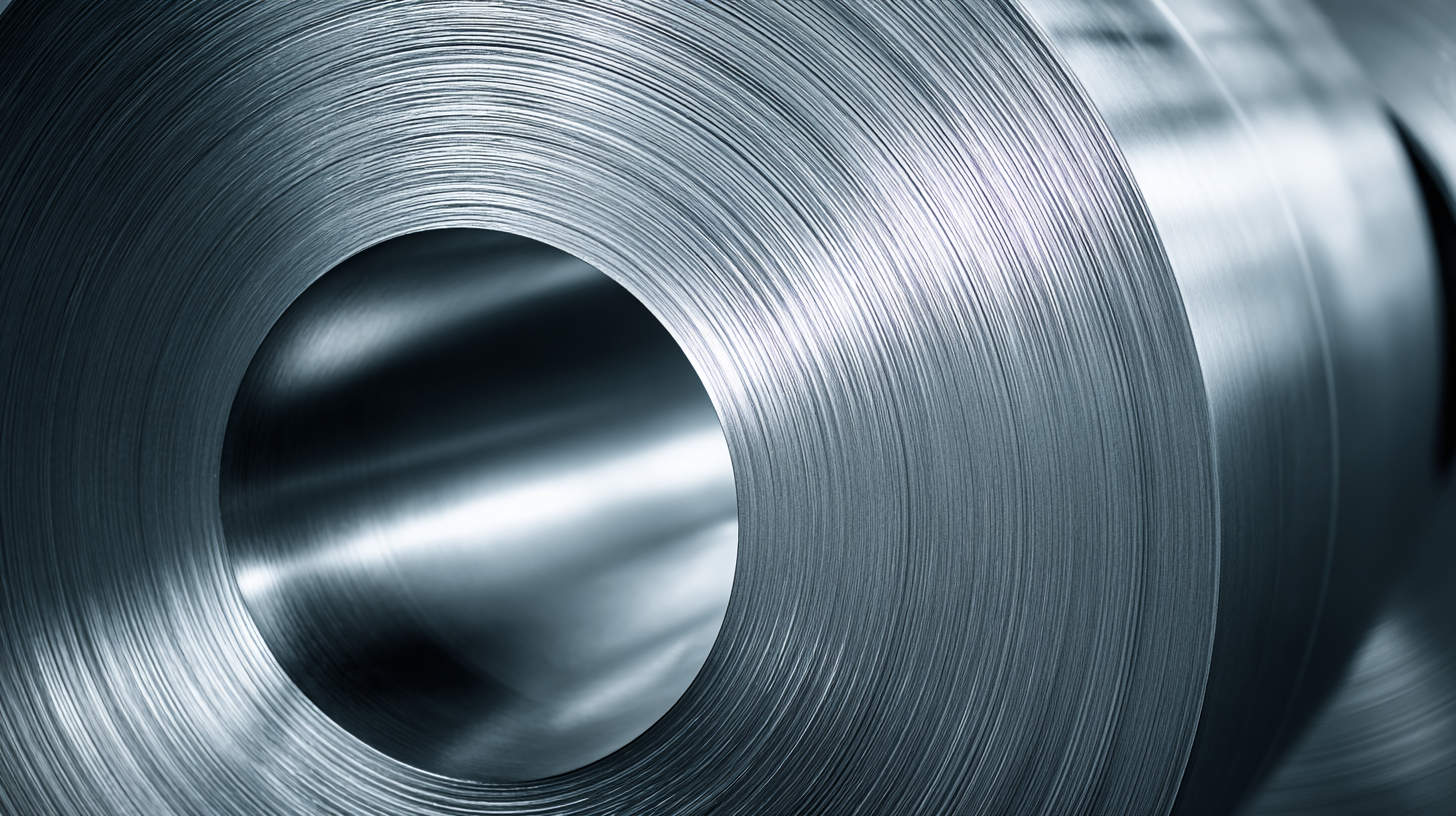 When embarking on a project that requires high-quality materials, one crucial aspect to consider is the selection of the appropriate stainless steel type. Among the various options available, 904L stainless steel stands out due to its exceptional corrosion resistance, durability, and aesthetic appeal. This advanced alloy is particularly favored for environments that demand enhanced resistance to pitting and crevice corrosion, making it ideal for industries such as chemical processing, oil and gas, and even food and beverage production.
However, choosing the right grade and form of 904L stainless steel for your specific application can be challenging, as it involves understanding the unique properties, benefits, and potential limitations of this material. In this guide, we will explore essential factors to consider when selecting 904L stainless steel, helping you make informed decisions that align with your project requirements and operational goals.
When embarking on a project that requires high-quality materials, one crucial aspect to consider is the selection of the appropriate stainless steel type. Among the various options available, 904L stainless steel stands out due to its exceptional corrosion resistance, durability, and aesthetic appeal. This advanced alloy is particularly favored for environments that demand enhanced resistance to pitting and crevice corrosion, making it ideal for industries such as chemical processing, oil and gas, and even food and beverage production.
However, choosing the right grade and form of 904L stainless steel for your specific application can be challenging, as it involves understanding the unique properties, benefits, and potential limitations of this material. In this guide, we will explore essential factors to consider when selecting 904L stainless steel, helping you make informed decisions that align with your project requirements and operational goals.
When selecting the right 904L stainless steel for your project, it's crucial to understand its unique properties that set it apart from other stainless steels. 904L is an austenitic stainless steel known for its high corrosion resistance and ability to withstand harsh environments. This makes it particularly suitable for chemical processing, oil and gas applications, and any setting where exposure to acidic or chloride-rich conditions is a concern. Unlike standard stainless steels, 904L contains higher levels of nickel and molybdenum, which enhance its resistance to pitting and crevice corrosion.
Another essential characteristic of 904L is its excellent formability and weldability, which allows for versatile applications. Its low-carbon content minimizes carbide precipitation during welding, ensuring the integrity of the welded joints. Additionally, 904L maintains strength and toughness at elevated temperatures, making it ideal for projects that require durability in extreme conditions. By acknowledging these unique properties, you can make informed decisions that will ensure the longevity and performance of your project components.
When selecting the right 904L stainless steel for your project, several key factors should guide your decision. Firstly, consider the specific application of your project. 904L offers exceptional resistance to corrosion, making it suitable for environments that are highly corrosive, such as chemical processing and marine applications. It’s essential to assess the operating conditions and whether 904L's properties align with your needs.
Additionally, it’s vital to evaluate the mechanical properties of 904L stainless steel. This alloy exhibits excellent weldability and formability, which can be advantageous in fabricating complex structures. Different grades may have varying levels of strength, ductility, and toughness, so reviewing these characteristics can help ensure optimal performance in your project.
**Tip:** Always consult with a materials engineer or supplier to discuss your project requirements. They can provide insights into the most suitable 904L grade, considering factors like temperature, pressure, and exposure to reactive chemicals.
**Tip:** Keep in mind the availability of the grade you intend to use, as some specific compositions may be harder to source. It’s advisable to have alternative grades in mind to prevent potential project delays.
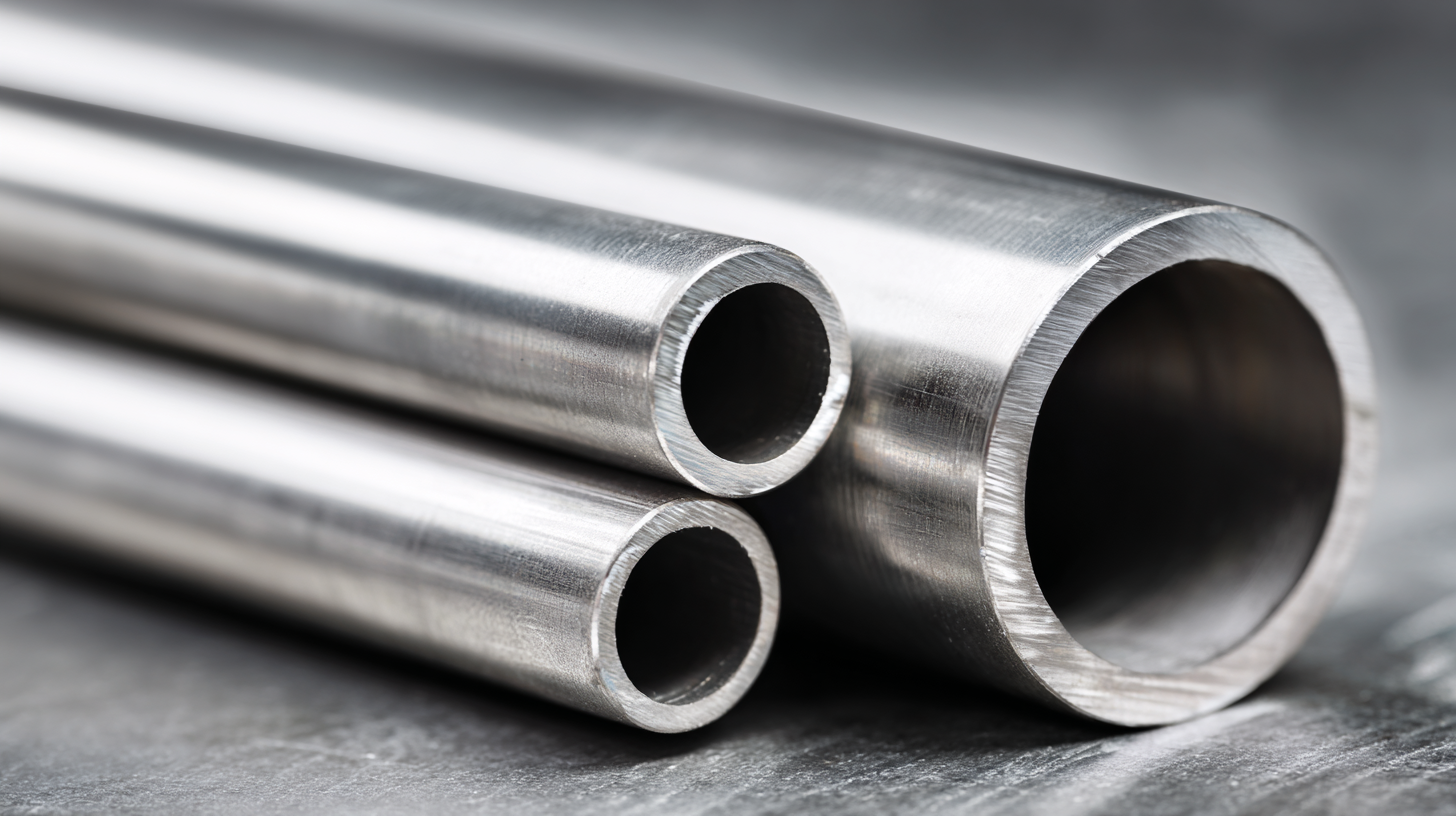
904L stainless steel is rapidly gaining traction in various industries due to its exceptional corrosion resistance and suitability for demanding applications. Unlike standard stainless steels, 904L offers superior resistance to pitting and crevice corrosion, making it an ideal choice for environments where harsh chemicals are present. Recent research has shown that 904L stainless steel exhibits excellent corrosion behavior, especially in applications such as watchmaking, where prolonged contact with human skin can lead to degradation. This characteristic is particularly appealing for luxury products, reviewing the extensive use of 904L in high-end watches, underlining its premium nature analogous to traditional timepieces.
In the realm of industrial applications, the launch of stainless steel powder Ultra 904L for additive manufacturing is a significant development. This new metal powder enables the creation of intricate components through 3D printing, offering manufacturers innovative possibilities for product design and performance enhancement. Industries such as aerospace and automotive are keen on leveraging this advanced material for lightweight, durable parts that demand a high resistance to corrosive environments. The recent expansion of production facilities underscores the growing demand for high-performance stainless steel solutions that meet the rigorous standards of modern manufacturing.
When selecting materials for projects requiring exceptional corrosion resistance, 904L stainless steel often stands out against other alloys like 316L and 303. Recognized for its high chromium (around 20%) and nickel content (24-26%), 904L boasts superior performance in harsh environments, particularly in acidic conditions. According to a report from the International Stainless Steel Forum (ISSF), the unique composition of 904L not only enhances its resistance to pitting and crevice corrosion but also provides greater durability when exposed to a wide range of chemicals, making it an ideal choice for industries such as oil and gas, chemical processing, and marine applications.
In comparison, while 316L stainless steel offers commendable resistance to corrosion, its performance diminishes significantly in more aggressive settings. This can lead to higher maintenance costs over time. A study published by ASTM International indicates that 904L exhibits a significantly lower corrosion rate than 316L when subjected to sulfuric acid, specifically decreasing the material loss by up to 50%. Moreover, when evaluating cost-effectiveness, although 904L may come with a higher initial price tag, its longevity and reduced maintenance requirements ultimately yield savings in long-term project budgets, highlighting the importance of considering both initial and life-cycle costs when choosing the right stainless steel for your application.
| Property | 904L Stainless Steel | 304 Stainless Steel | 316 Stainless Steel |
|---|---|---|---|
| Corrosion Resistance | Excellent, resistant to pitting and oxidizing environments | Good, but less than 904L in chloride environments | Very good, better than 304 but less than 904L |
| Nickel Content | 25% | 8% | 10% |
| Molybdenum Content | 4% | 0% | 2% |
| Applications | Chemical processing, oil and gas | Food and beverage, kitchen equipment | Marine environments, pharmaceuticals |
| Cost | Higher due to alloying elements | Moderate | Higher than 304, lower than 904L |
When sourcing quality 904L stainless steel suppliers, it's crucial to understand the specific characteristics that make this material stand out. Prized for its exceptional resistance to corrosion and high strength, 904L stainless steel is often used in applications ranging from chemical processing to high-end consumer products. To ensure you are selecting the right supplier, look for those who offer transparent information about their sourcing process and material certifications. Suppliers should provide details on the chemical composition and mechanical properties of their 904L steel, ensuring it meets industry standards.
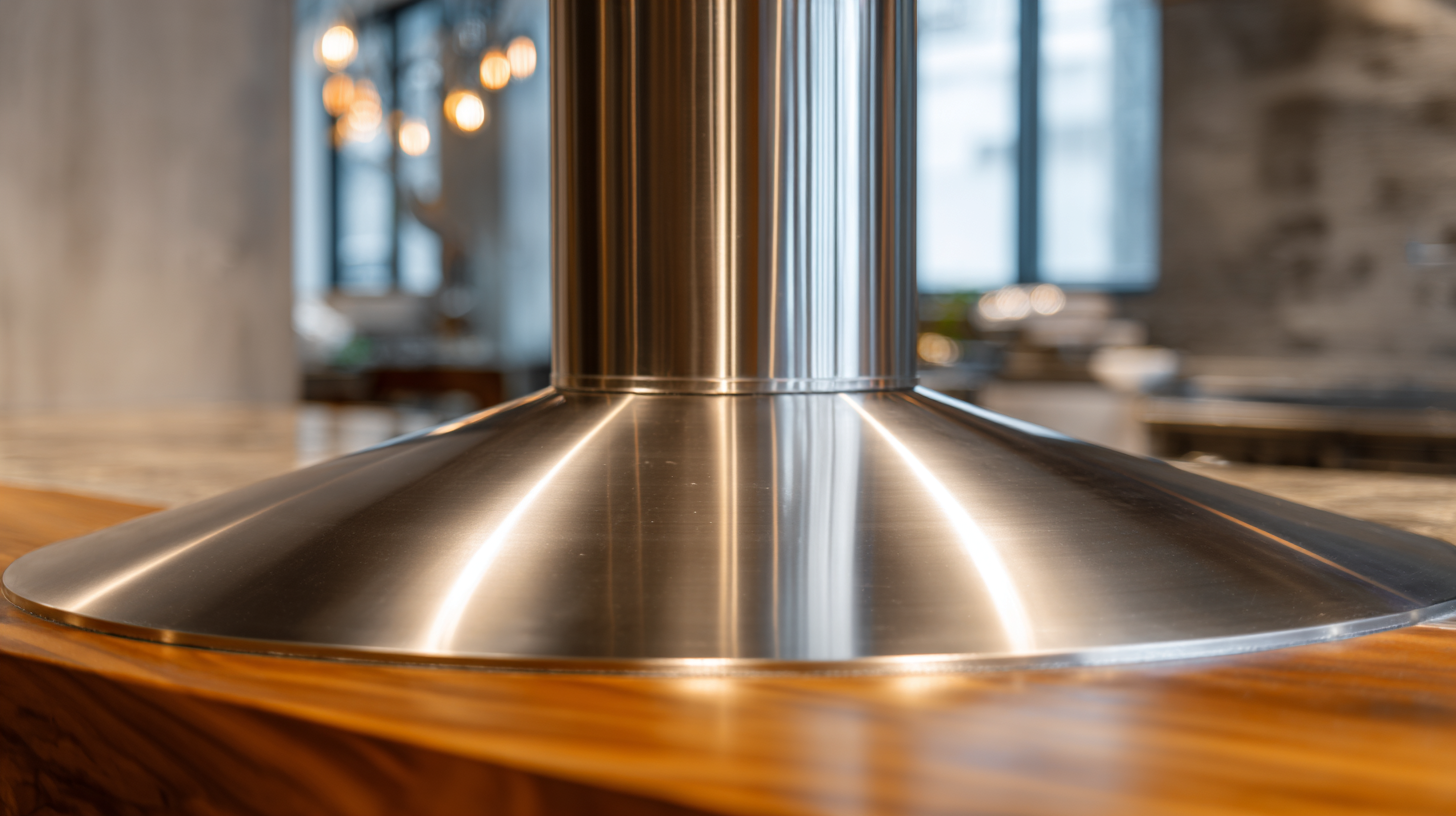
In addition to assessing the quality of the material, verify the supplier’s reputation and track record. Reading customer reviews or obtaining references can help gauge the reliability of a supplier. Also consider the supplier's production processes and their adherence to quality assurance protocols. Just as one would carefully evaluate the details when purchasing luxury replicas, being diligent about supplier selection will lead to successful outcomes in your projects involving 904L stainless steel.
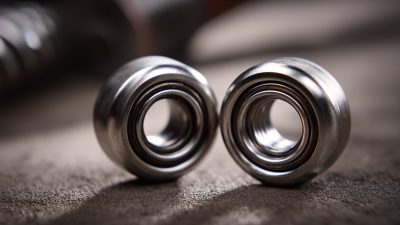
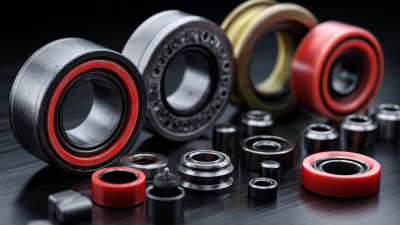
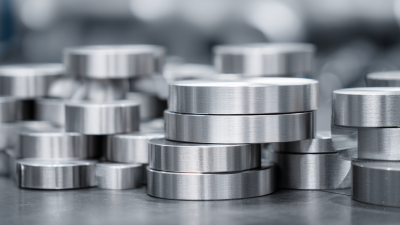
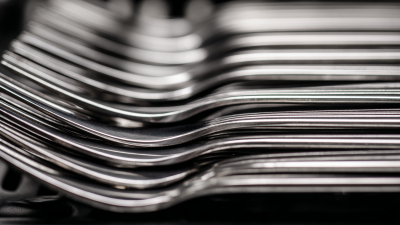
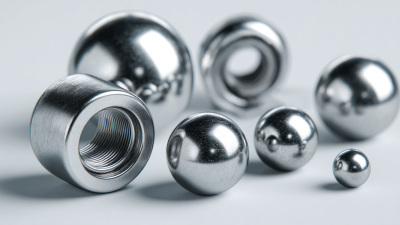
To learn more about any of the products and services provided by Abbott Ball Company, Inc., simply complete the form below.